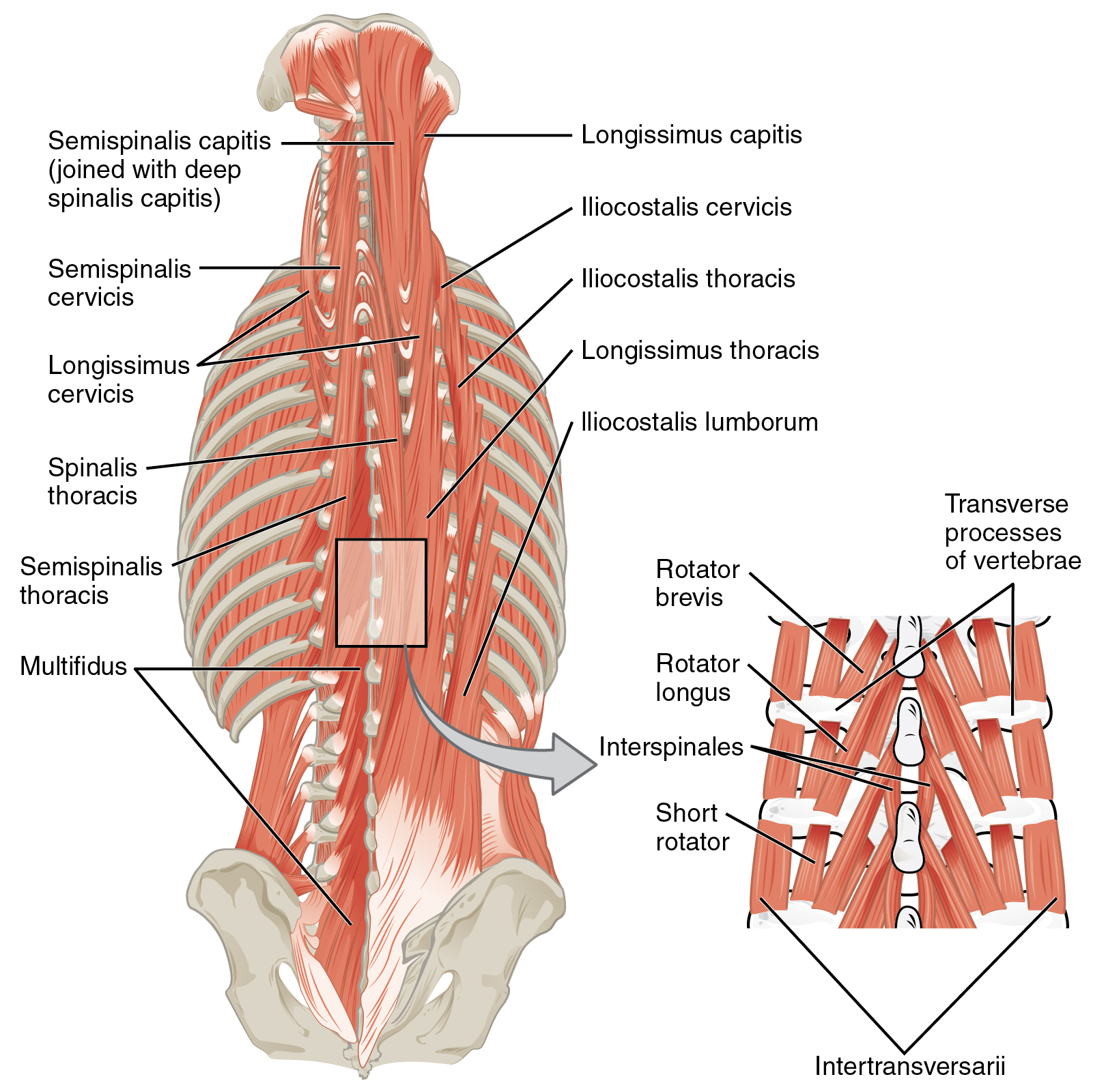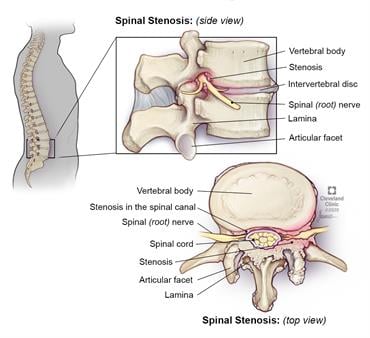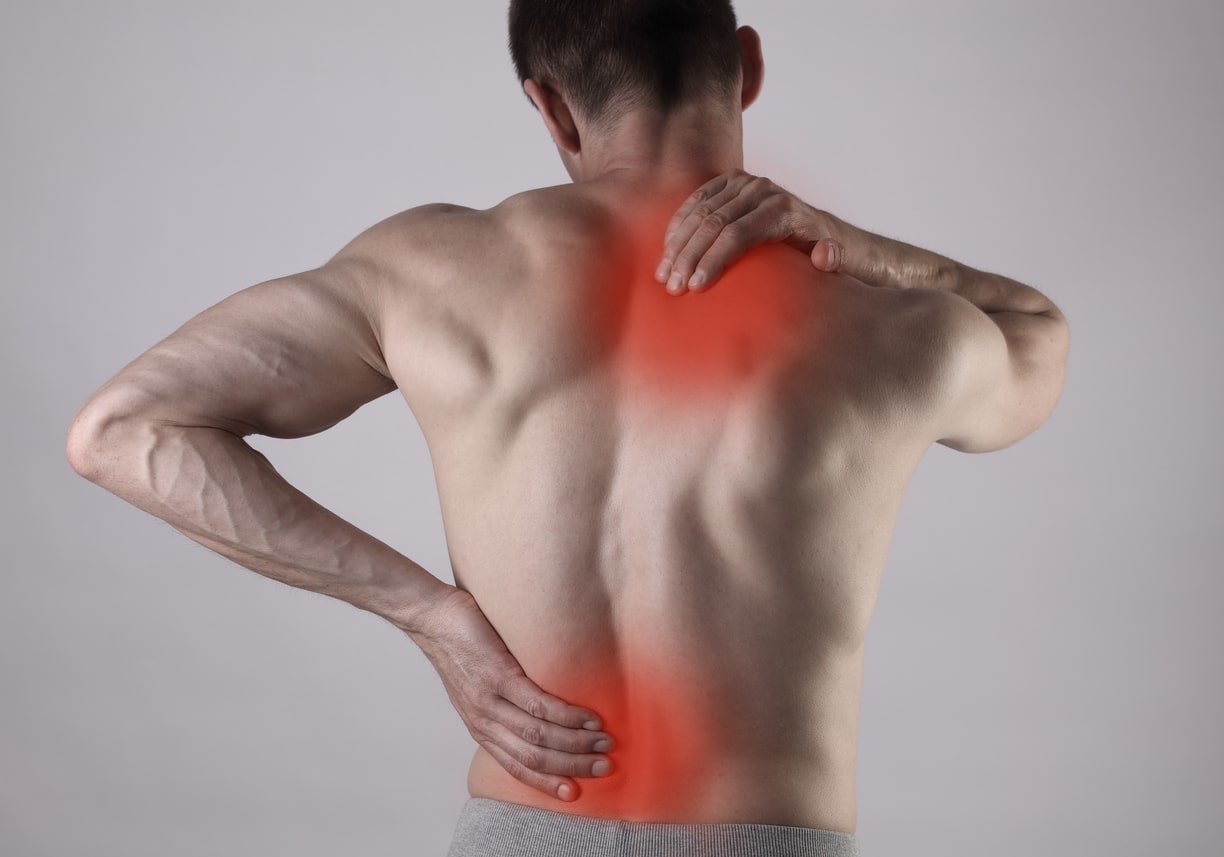Let’s talk muscles. There are multiple layers to the muscles of the back and a tremendous number that play a role in both creating movement and providing stability in the lumbar spine. This is by no means a comprehensive list of spinal muscles as such would be impractical due to the sheer number and complexity of their attachments and interactions. To read about other causes of low back pain, refer to our more comprehensive low back pain blog.
What are core muscles?
I want to focus with the innermost layer on what can be called the core. Much has been written on the topic and there can be a lot of confusion as to what is and isn’t the core and not all agree on exactly which muscles should be considered the core. The core is a cylinder of muscles surrounding our low back with muscles wrapping around the sides, back, front, with a top and bottom as well.
The lumbar multifidi
On the back of the core we have the lumbar multifidus, this muscle attaches from the side of each low back bone, vertebra, and then runs up the spine to the two bones above attaching to the center of the bone, or spinous process(the bumps you see along the center of the spine when you bend forward). This muscle can be likened to the quadriceps of the back and due to its unique attachment sites it plays a crucial role in the stabilization of the lumbar spine. Like the quadriceps its fundamental to optimal function of the spine and it often becomes inhibited during episodes of low back pain, more on that later.
Transversus abdominis
Next up we have the transversus abdominis(TrA), This muscle runs from our hip crests and a thick band of tissue in the center of our low back and wraps around to the front attaching to the linea alba, that vertical line separating our abs inline with the belly button, lower portion of the sternum, and to the pelvic bone via some other structures. It forms a nice corset around our abdomen providing stability.
Breathing through the diaphragm
Since our core functions as a cylinder, it wouldn’t be complete without a bottom and a top and that’s where our diaphragm and pelvic floor come in. Most of us know about the diaphragm as a breathing muscle, it’s the dome-like muscle that sits underneath our rib cage separating the rib cage from the abdomen. Beyond its ability to help us breath and it should be our primary breathing muscle, it’s an important stabilizer of the low back providing the top of the core. It’s linked to the other core muscles. Core stabilization and training can start with proper breathing patterns, something that we see go awry in many patients with low back pain.

The Pelvic Floor and Core
The pelvic floor completes the cylinder and is of course, the floor of the core. It provides a sling like hammock to the abdominal organs. The muscles of the pelvic floor, when working correctly contribute significantly to creating creating and maintaining pressure in our abdomen, again helping to stabilize the center of our body and to help safely transmit force across or body.
What does the abdominal core do?
When all facets of the core are working together we are able to automatically and reflexively create a stable center that allows us to safely and efficiently transmit force across our center to create movement and protect our spine from excessive movement. Keep in mind that stability does not mean the absence of movement in this case. We wouldn’t be very efficient moving around if our center was so tight that we couldn’t rotate. In an efficient state these muscles are constantly working below our conscious control helping to provide strength and controlled movement throughout the low back to minimize excessive, jarring movements that could lead to injury.
Physical therapy for low back muscles in Columbia and Baltimore, Maryland
If you are experiencing pain the low back muscles, reach out to us for help on our contact page! We specialize in muscle pain in the low back and can help you strengthen your core to return to full function.



